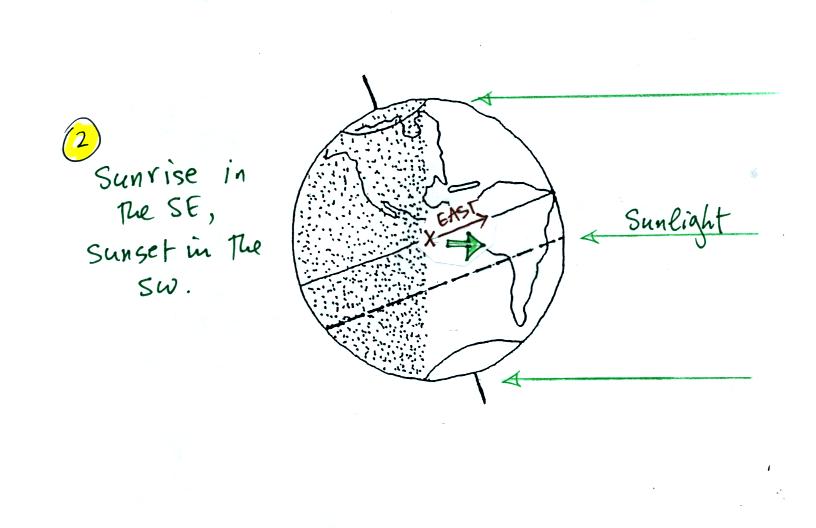

You need to memorize the map, then get some clear reference points, then memorize how the sun moves in your area.
EAST AND WEST NORTH AND SOUTH IT FOLLOWS ME WHEREVER I GO HOW TO
Many people know how to “read geography” aka, follow left/right instructions or signs, without the ability to craft anything. It’s the first step to understand how navigation works.


It’s like learning to write, for geography. They always need to point at some point above the equator so in the northern hemisphere they all point towards a generally southern direction. One neat trick to navigate in urban environments and concrete jungles is to look at satellite dishes on buildings. You can also if you are lost look at things like which side the moss grows on a tree, but that is not very reliable everywhere. In nature you have to look for the sun or stars, which some people do subconsciously automatically to a degree and others not at all. If you live in some place like the US where often streets are laid out in grid patterns and match the cardinal directions it is relatively easy to keep track of that. It is all about how you think about your position in the world in your head.Įnglish is mostly about relative directions in relation to yourself and you need to translate that to cardinal directions like north and south and west and east. There are even culture and languages where they think in other ways, like some island languages that use inland, towards the coast, clockwise and counter clockwise as their directions instead of left, right and west and east. Some people actually think in absolute directions in the back of their mind all the time though. If you primarily think in terms of subjective directions like left and right you need to translate it into absolute directions in your head. It is about the mental map you keep in your head.


 0 kommentar(er)
0 kommentar(er)
